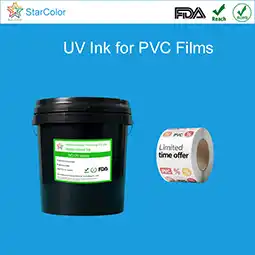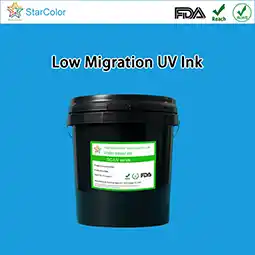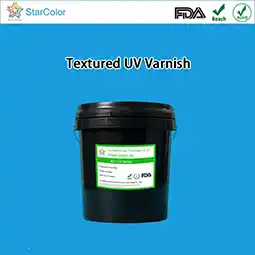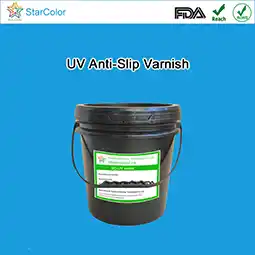Paper water-based ink printing failure prevention and treatment
Date: Jan 09 2024 From: Star Color Views:
Paper, as the core substrate for water-based ink printing, has unique properties such as porosity, ink absorbency, and moisture sensitivity. When interacting with the water-based ink’s “water-borne film-forming” principle, these characteristics can easily lead to printing defects. According to statistics, the defect rate of paper printing with water-based inks is about 8%–12%, with three primary issues—strike-through, poor adhesion, and insufficient drying—accounting for over 60% of the total. Below, we analyze common failures and their solutions.
Core Issue 1: Strike-Through
Symptoms
Ink penetrates through the paper fibers, creating a blurred “shadow” on the reverse side, especially noticeable in dark solid areas or large coverage prints. In severe cases, the back-side ink smudges onto adjacent sheets, causing batch contamination.
Causes
-
Excessive ink absorbency of paper: Low density (≤0.6 g/cm³), high porosity paper allows water and resin in the ink to penetrate quickly.
-
Low ink solids: When ink solids are below 30%, excessive water accelerates fiber swelling and deep penetration, common when inks are over-diluted.
-
Excessive ink film thickness: High-volume anilox rolls (>15 BCM) or excessive printing pressure (>2.5 bar) transfer more than 15 g/m² ink, beyond paper’s capacity.
-
Insufficient drying: Low hot-air temperature (<40°C) or weak airflow (<1 m/s) prevents surface film formation, allowing more penetration.
Solutions
-
Paper optimization: Use paper with density ≥0.7 g/cm³; if low-density paper must be used, pre-coat with a water-based primer (40–50% solids, 0.5–1 μm thickness) to seal pores, reducing strike-through by up to 60%.
-
Ink formulation adjustment: Use high-solids ink (≥45%), raise viscosity (from 20s to 30s, Zahn Cup #4 at 25°C), and avoid over-dilution (>10%).
-
Control ink film thickness: Use high-line, low-volume anilox (e.g., 800 LPI, 6–8 BCM), reduce printing pressure to 1.8–2.2 bar, and keep ink transfer ≤12 g/m². Measure film weight every 50 meters with a thickness gauge, deviation ≤±1 g/m².
-
Accelerate drying: Apply combined IR + hot air drying: IR preheating at 60–70°C, hot air 50–55°C with airflow 2–3 m/s. Drying time shortens to 2–3 seconds, allowing surface film formation.
Core Issue 2: Poor Ink Adhesion
Symptoms
In 3M 610 tape tests, ink film peels off significantly (≤2B level). Stacked sheets smudge, ink transfers, or ink cracks along folds.
Causes
-
Insufficient surface preparation: Dust or oil prevents proper wetting and bonding.
-
Resin-paper mismatch: Acidic paper (pH <6.5) combined with alkaline resin ink (pH >8.5) causes chemical reaction, weakening adhesion.
-
Incomplete drying: Resin not fully crosslinked, leading to weak cohesion.
-
Abnormal moisture content: Too dry (<5%) makes paper brittle; too wet (>10%) causes fiber swelling, reducing bonding strength.
Solutions
-
Paper pretreatment:
-
Clean paper surface of dust/oil.
-
Match ink resin pH with paper (acidic paper with neutral-acidic resin, alkaline paper with alkaline resin).
-
Precondition paper 24h in workshop (23±2°C, 50±5% RH), target moisture 6–8%.
-
-
Optimize resin system: Use suitable water-based ink resins that improve flexibility and bonding; achieve 4B–5B adhesion in cross-hatch tests.
-
Ensure thorough drying: Dry at 55–60°C for 3–4 seconds; solvent residue ≤1% (verified by GC).
-
Post-treatment reinforcement: For high-end products (e.g., gift boxes, catalogs), apply a compatible water-based overprint varnish (1–1.2 μm). Increases rub resistance from 100 to 500 cycles.
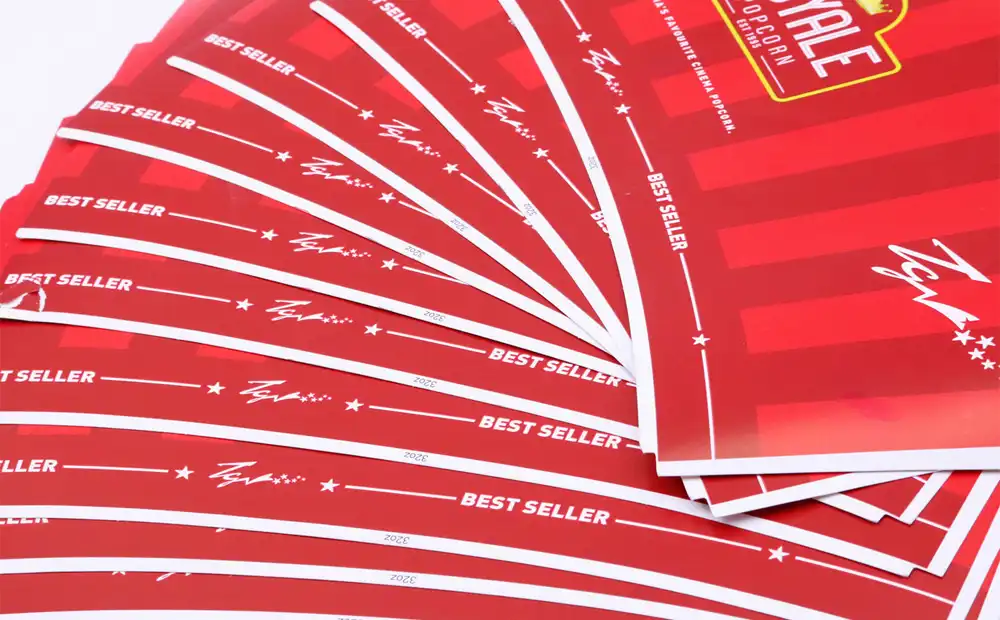
Core Issue 3: Insufficient Drying
Symptoms
Ink film feels tacky, sheets block together during rewinding, “stringing” occurs when separating, and prints remain uncured after 24 hours.
Causes
-
Improper environment: Low workshop temperature (<18°C) or high humidity (>65% RH) slows evaporation.
-
Lack of drying additives: Insufficient fast-drying agents (<3%) worsen problems under low temperature/high humidity.
-
Excessive ink thickness or slow absorbency paper: Ink film >15 μm, or substrates like coated paper slow drying.
-
Weak drying equipment: Hot air <5 kW or aged IR lamps (energy loss >30%).
Solutions
-
Control workshop conditions: Maintain 20–25°C and ≤50% RH. Use dehumidifiers or quick solutions like lime desiccant near the press.
-
Add drying aids: Incorporate 3–5% water-compatible drying agents (e.g., tert-butanol, propylene glycol methyl ether). Always test first to avoid surface defects.
-
Control ink/substrate match: For low-absorbency paper, use finer anilox (e.g., 1000 LPI / 5 BCM), keep film 8–12 μm. For high-absorbency paper, slightly increase ink load but strengthen drying.
-
Upgrade equipment: Use higher power hot-air blowers (≥8 kW), airflow 3–4 m/s; test IR lamps quarterly and replace if energy loss >20%.
Other Common Defects & Quick Fix Table
| Defect | Typical Cause | Quick Solution |
|---|---|---|
| Registration error | Paper shrinkage, plate misalignment | Precondition paper 48h (6–8% moisture); use register pins; keep dryer temp stable ±2°C |
| Dot gain | Low viscosity, high pressure, low anilox LPI | Add thickener (to 30s viscosity); reduce pressure to 1.8–2.0 bar; use finer anilox (1000 LPI) |
| Dull ink gloss | Low-gloss ink, overheating during drying | Choose high-gloss ink (≥70 GU at 60°); lower drying temp by 5–10°C |
| Paper wrinkling | Uneven tension, excessive drying heat | Adjust unwind/rewind tension (1.0–1.5 kN/m); stage drying (30°C front, 50°C back) |
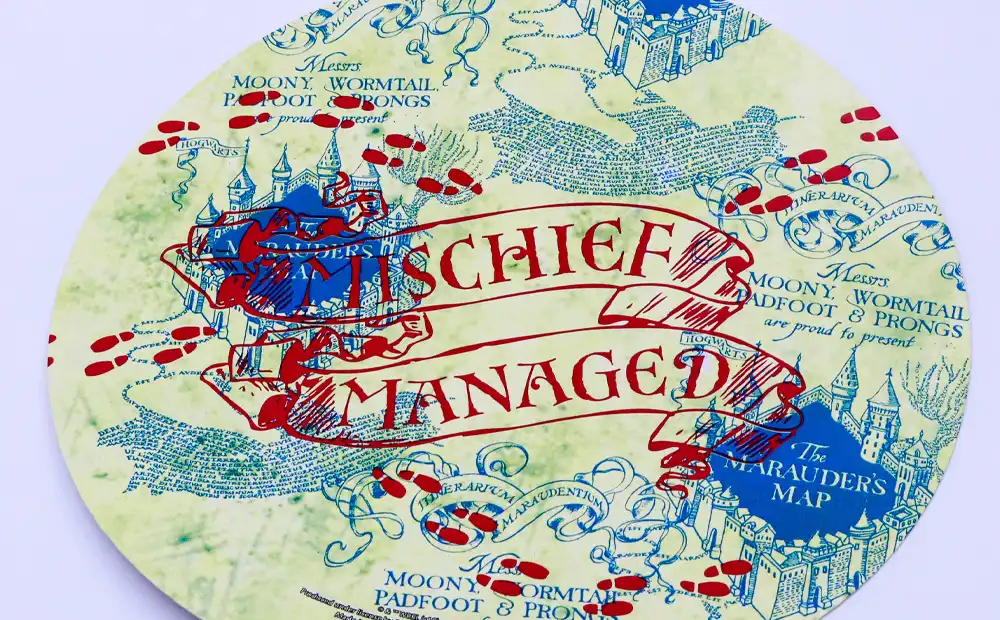
Conclusion
Defects in water-based ink printing on paper fundamentally stem from a mismatch among ink properties, paper characteristics, and process parameters. Solutions require optimization across the entire chain—from raw material compatibility to process control.
With ongoing advances in water-based ink formulations and paper surface treatment, defect rates are expected to fall below 3%, achieving efficient and high-quality production. For complex cases, collaboration between ink suppliers and paper mills on customized solutions is recommended.
StarColor provides tailored water-based ink solutions to address such challenges—feel free to consult us for customized support.
 RU
RU EN
EN CN
CN








